What is an Electric Bike?
An electric bike, commonly known as an e-bike, is a bicycle equipped with an electric motor that assists with pedaling. Unlike traditional bikes, e-bikes provide power through a rechargeable battery, making cycling more accessible for long distances, steep inclines, and higher speeds. With technological advancements, modern electric bikes now offer better efficiency, longer battery life, and improved performance, making them a popular choice for urban commuting and leisure rides.
How Do Electric Bikes Work?
Electric bikes function using a combination of human pedaling and an electric motor. The primary components of an e-bike include:
- Battery – The power source, usually lithium-ion, providing energy for the motor.
- Motor – Located in the hub or mid-drive, assisting with propulsion.
- Pedal Assist System (PAS) – Sensors that regulate the motor based on the rider’s pedaling input.
- Controller – Manages the power delivery from the battery to the motor.
When a rider starts pedaling, the motor engages to provide extra propulsion, reducing physical strain and allowing for a smoother ride. Some e-bikes also include a throttle mode, enabling users to ride without pedaling.
Types of Electric Bikes
Electric bikes come in various designs, each catering to different riding needs. The most common types include:
- Pedal-Assist E-Bikes – The motor assists only when the rider is pedaling, offering a more natural cycling experience.
- Throttle-Controlled E-Bikes – The motor engages with a throttle, requiring no pedaling.
- Commuter E-Bikes – Designed for city travel, featuring lightweight frames and efficient batteries.
- Mountain E-Bikes – Built for rugged terrain with durable suspensions and powerful motors.
- Folding E-Bikes – Compact and portable, ideal for urban commuting and easy storage.
Each type has unique advantages, allowing riders to choose the best option based on their needs.
Benefits of Electric Bikes
Electric bikes offer numerous benefits, including:
- Eco-Friendly Transportation – Reducing carbon emissions by replacing gas-powered vehicles.
- Cost-Effective Commuting – Lower operational costs compared to cars and motorcycles.
- Health Benefits – Encourages physical activity while reducing strain on joints.
- Accessibility – Ideal for elderly or physically limited individuals who still want to cycle.
- Time Efficiency – Faster travel with minimal effort, especially in urban areas.
With governments and cities promoting sustainable transportation, e-bikes are becoming a vital part of the future mobility landscape.
Electric Bike vs. Traditional Bike – Which is Better?
While traditional bicycles rely solely on human pedaling, electric bikes provide motor assistance, making cycling more effortless and enjoyable. The choice between the two depends on factors such as:
- Physical Fitness – E-bikes are excellent for individuals with limited endurance.
- Distance – E-bikes allow for longer rides without excessive fatigue.
- Terrain – Electric bikes perform better on steep inclines and rough paths.
- Speed – With motor assistance, e-bikes can travel at higher speeds.
For urban commuters, electric bikes often emerge as the superior choice due to their convenience and ease of use.
How to Choose the Best Electric Bike?
When buying an electric bike, several factors should be considered:
- Battery Capacity – Measured in watt-hours (Wh), determining range and longevity.
- Motor Power – Typically ranging from 250W to 750W, affecting speed and torque.
- Frame Material – Aluminum, carbon fiber, or steel, impacting durability and weight.
- Braking System – Hydraulic or mechanical disc brakes for efficient stopping power.
- Additional Features – Smart displays, GPS tracking, and integrated lights for enhanced safety.
Researching various models and understanding personal riding needs can help in making an informed decision.
Electric Bike Maintenance Tips
Proper maintenance ensures an electric bike’s longevity and performance. Key maintenance tips include:
- Regular Battery Charging – Avoid deep discharges to extend battery life.
- Tire Pressure Checks – Proper inflation improves efficiency and reduces wear.
- Brake Inspection – Ensure responsive braking for safety.
- Chain Lubrication – Prevents rust and enhances smooth operation.
- Software Updates – Some e-bikes come with firmware updates for better functionality.
Following these tips will keep an electric bike in optimal condition for years.
The Future of Electric Bikes
The e-bike industry is rapidly evolving, with innovations such as:
- Improved Battery Technology – Longer-lasting and faster-charging batteries.
- Lightweight Materials – Carbon fiber frames reducing weight while maintaining strength.
- Smart Connectivity – Integration with smartphones for route planning and diagnostics.
- Increased Affordability – Mass production making e-bikes more accessible.
With advancements in technology and government incentives for sustainable transport, the future of electric bikes looks promising.
Are Electric Bikes Legal?
Electric bike laws vary by region. Generally, regulations include:
- Speed Limits – Some countries restrict e-bikes to 20–28 mph.
- Motor Power Limits – Certain regions cap motors at 750W.
- Helmet Requirements – Mandatory for certain age groups.
- Riding Restrictions – Some areas prohibit e-bikes on sidewalks.
Checking local regulations before purchasing an e-bike ensures compliance with legal requirements.
Conclusion
Electric bikes have transformed modern transportation, offering a sustainable, efficient, and enjoyable way to travel. With various types, benefits, and technological advancements, e-bikes continue to gain popularity worldwide. Whether for commuting, fitness, or leisure, investing in an electric bike can be a game-changer in personal mobility.


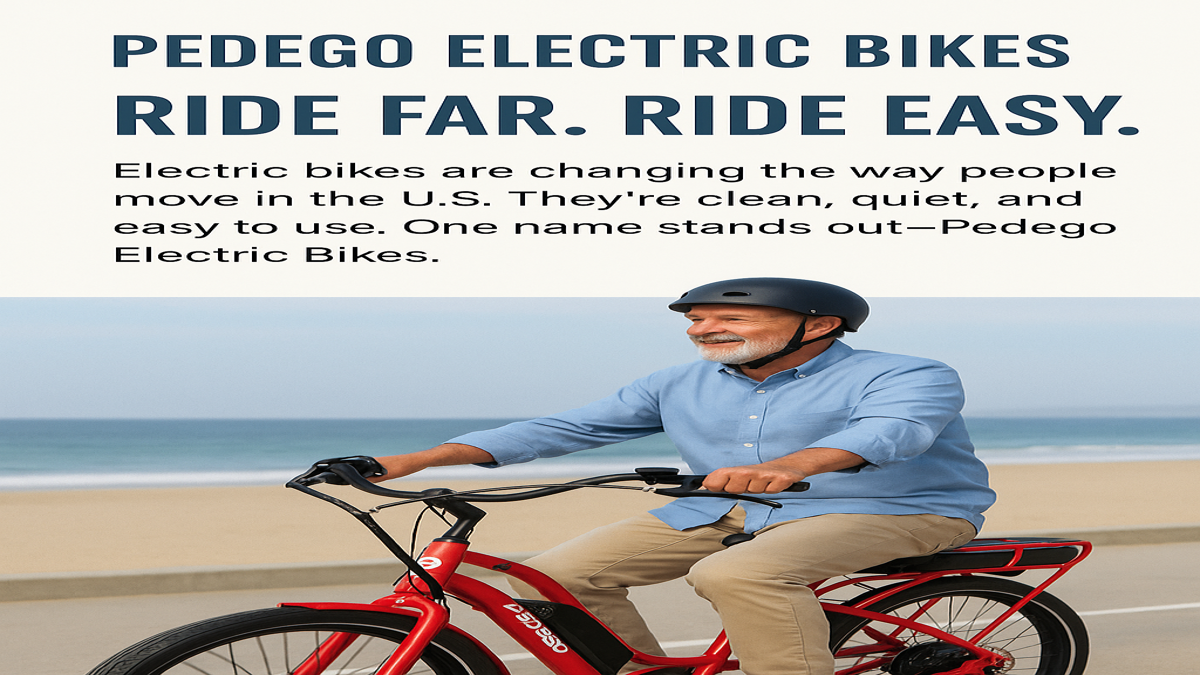
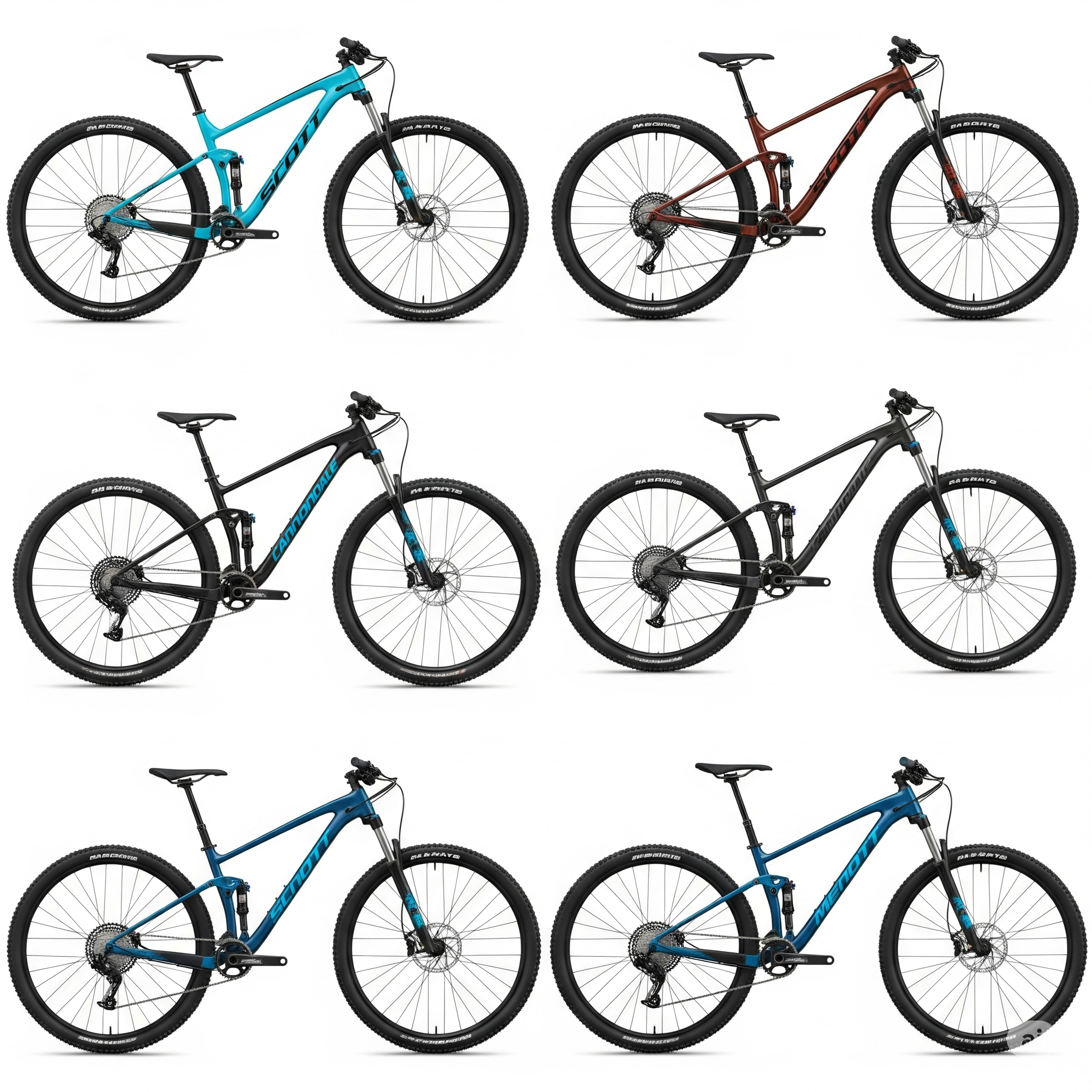
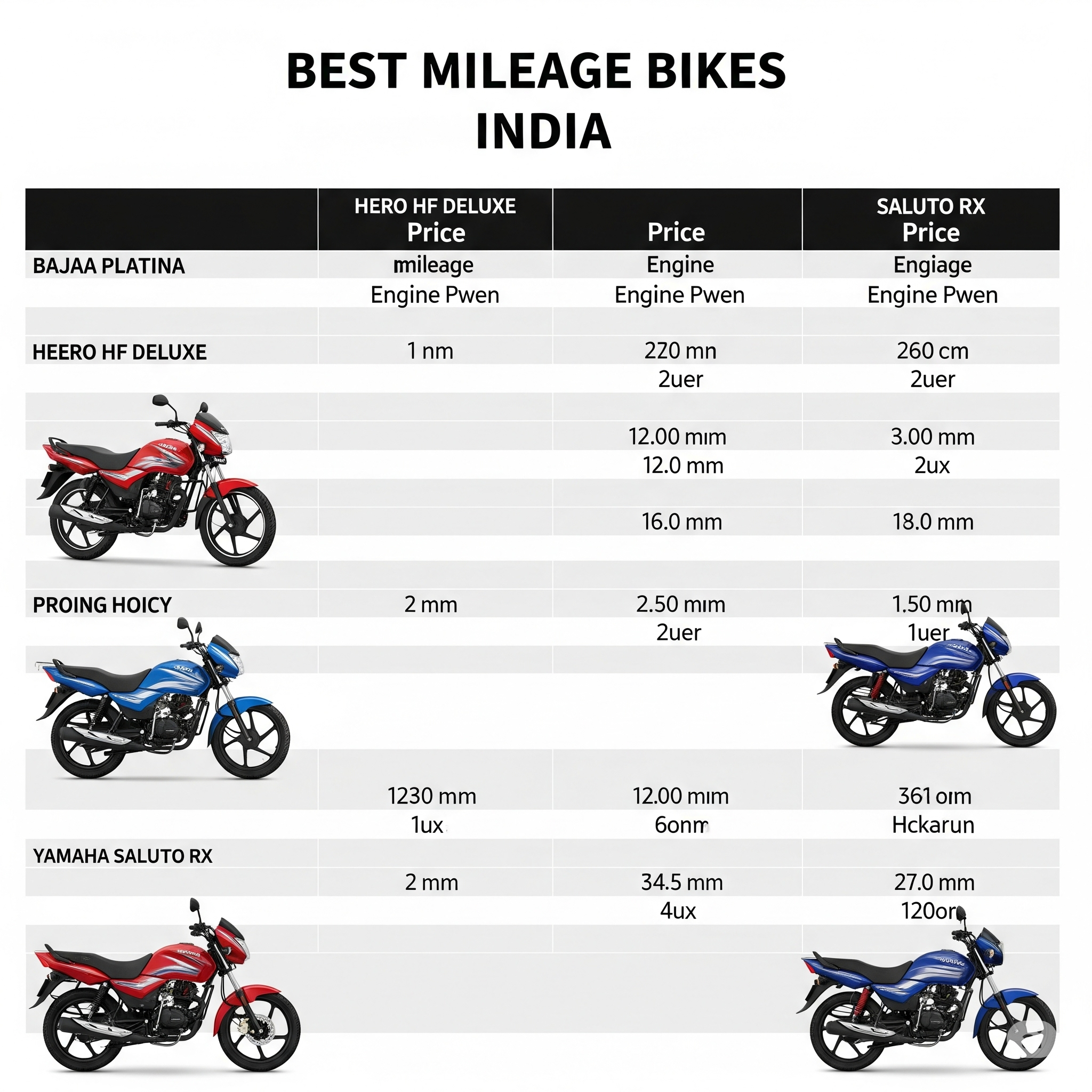


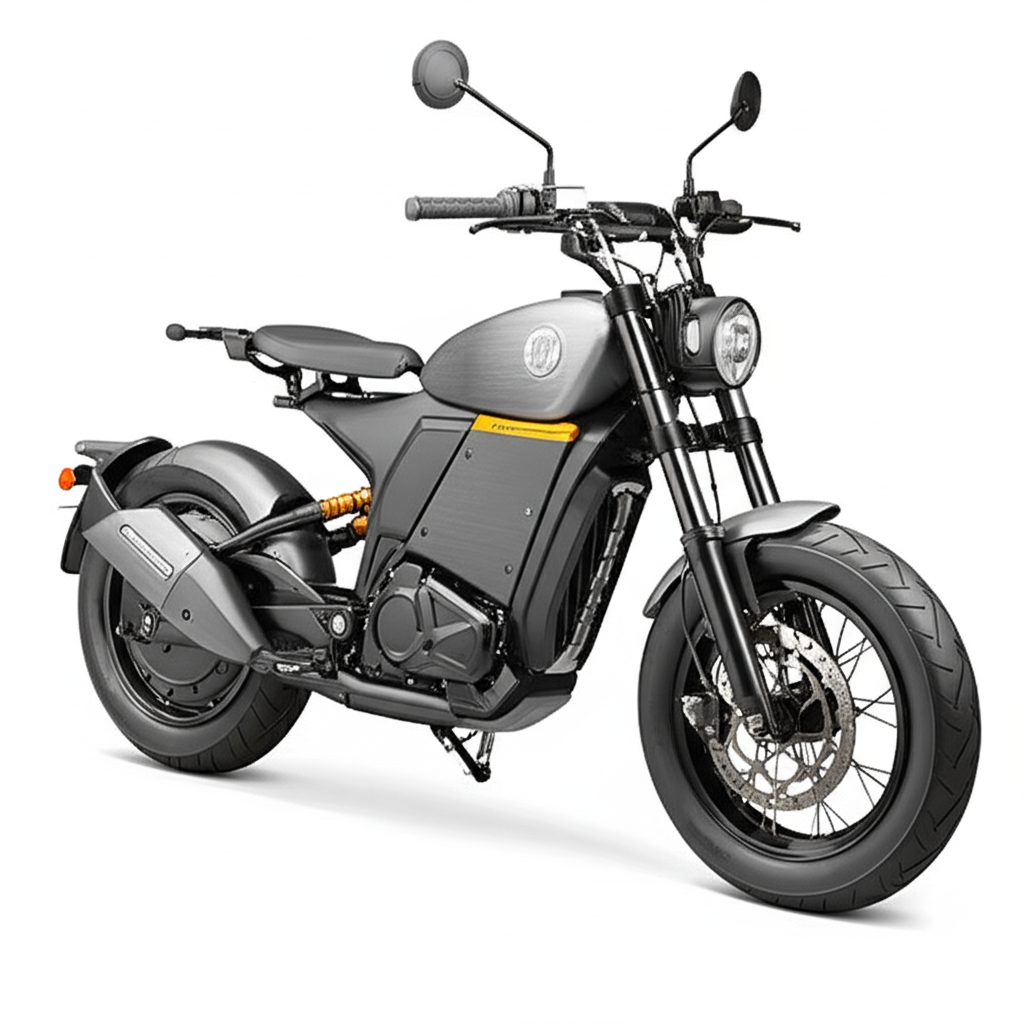

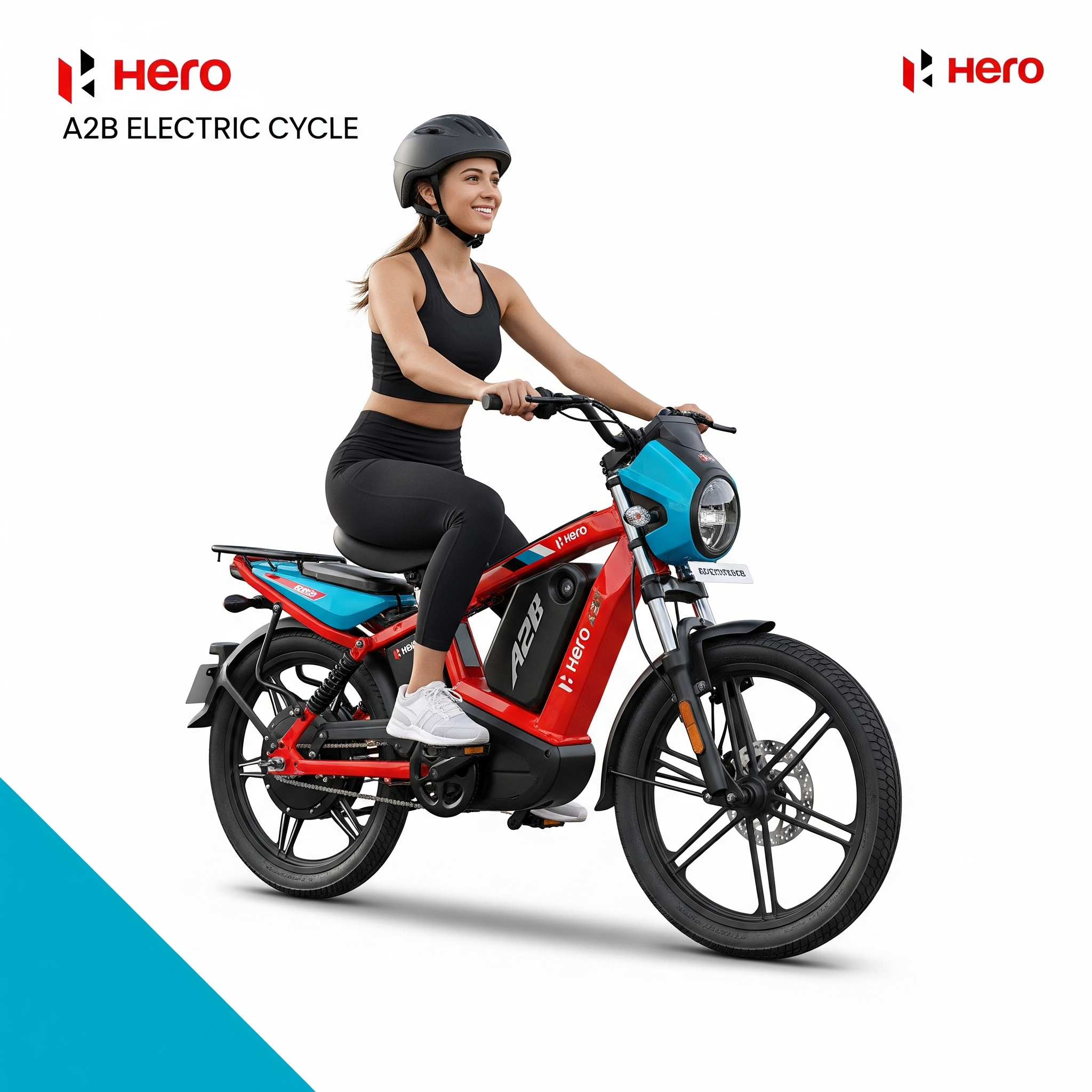
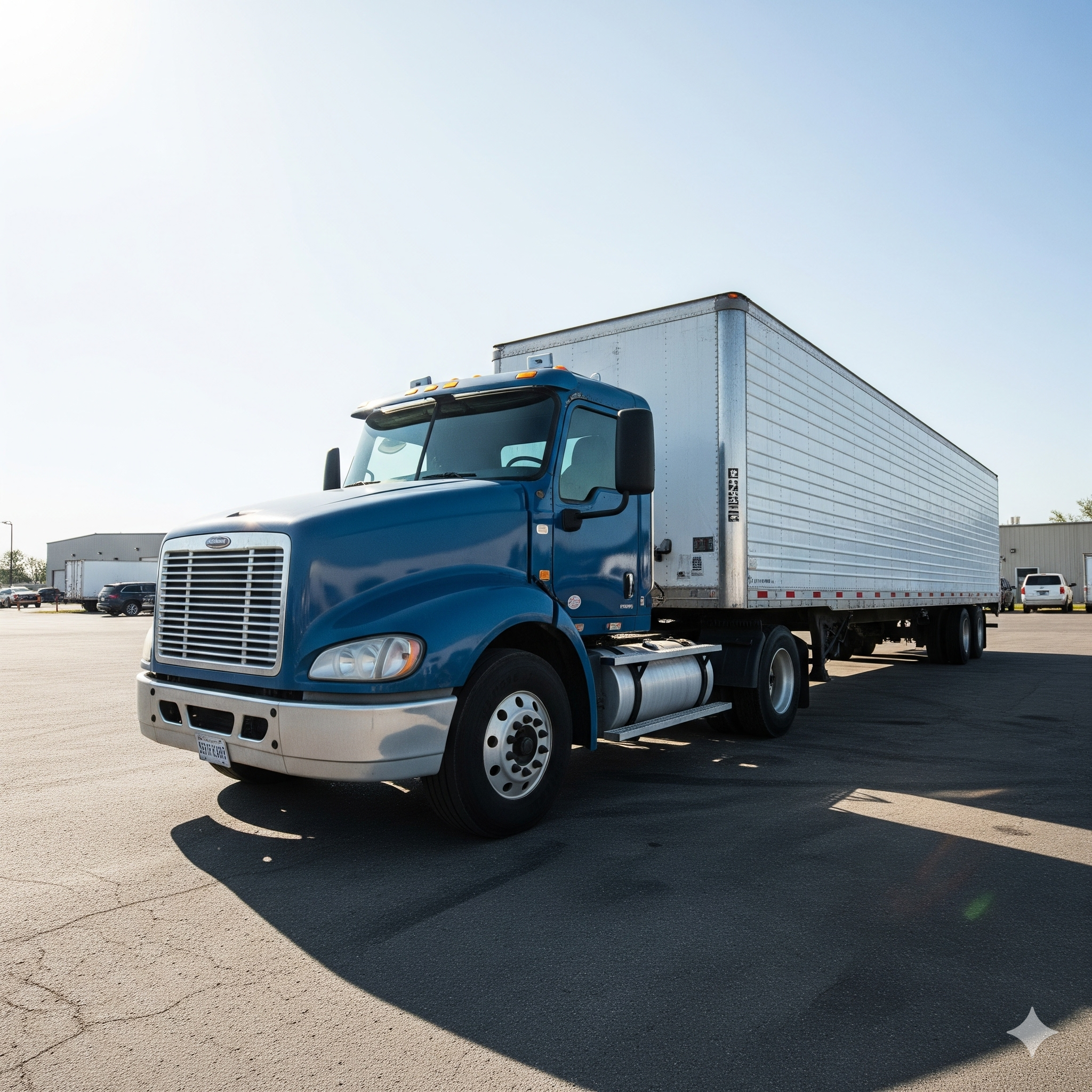

Leave a Reply